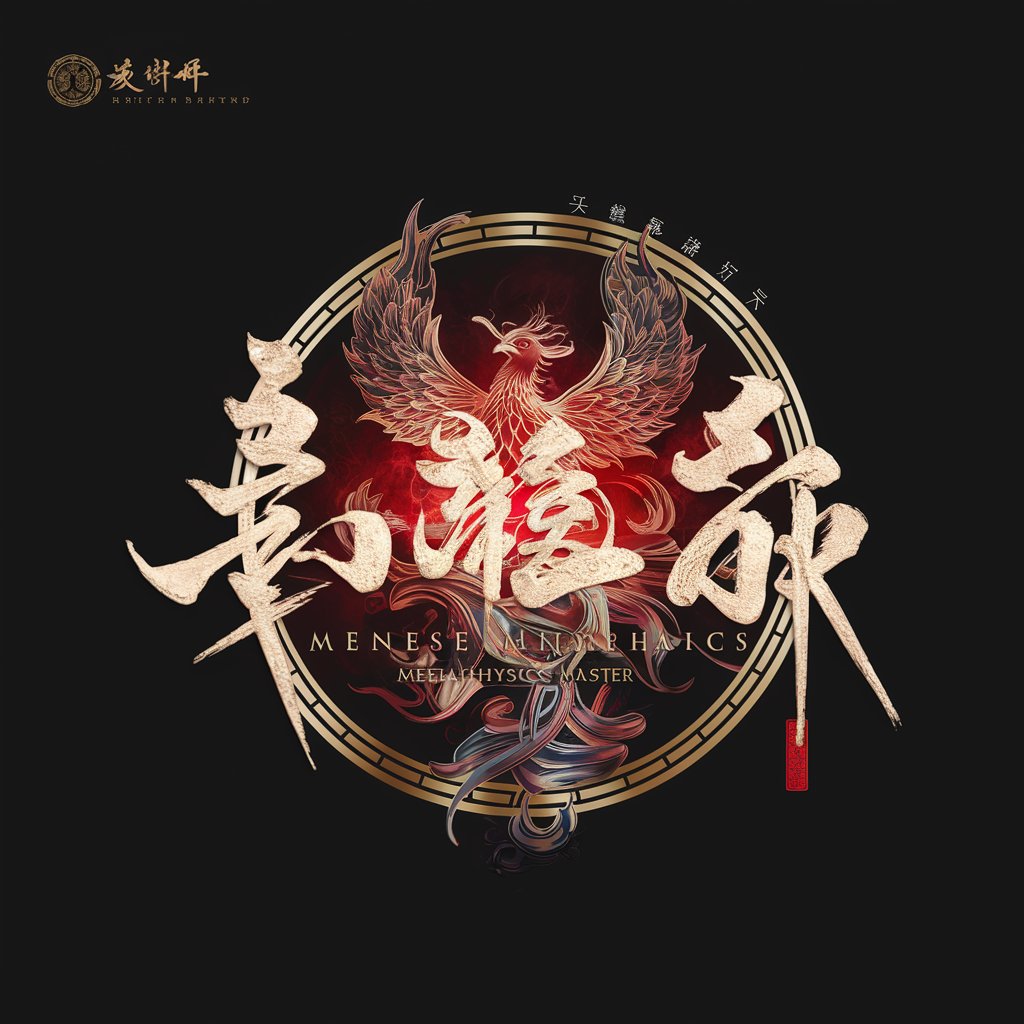Thème 7 - Pas d'action sans interaction - Educational Science Tool

Bienvenue dans le Thème 7 - Pas d'action sans interaction !
Exploring forces and interactions with AI
Explain the concept of reciprocal forces with an example.
Describe the differences between mass and weight.
What are the two types of interactions and how do they differ?
How can we measure the value of a force and what instrument is used?
Get Embed Code
Thème 7 - Pas d'action sans interaction
Thème 7 - Pas d'action sans interaction focuses on the foundational concept that no action occurs in isolation; every action involves interaction. This theme is essential for understanding the principles of forces, their characteristics, and the interactions between objects in the physical world. It delves into the dynamics of how forces act, how they can be measured, and their effects on objects, both static and dynamic. For instance, when a person pushes a shopping cart, there's an interaction between the person and the cart, characterized by a force that moves the cart. This scenario illustrates the practical application of the theme's core idea, demonstrating the ubiquity of interactions and forces in everyday life. Powered by ChatGPT-4o。

Main Functions of Thème 7 - Pas d'action sans interaction
Understanding Forces and Interactions
Example
Analyzing the effect of pushing a shopping cart to understand the principles of action and reaction.
Scenario
In a classroom setting, students perform experiments with carts and spring scales to observe and measure forces, illustrating Newton's third law.
Measuring Forces
Example
Using a dynamometer to measure the force applied to an object.
Scenario
Students use dynamometers to measure the force needed to lift various objects, learning about the concept of weight and the gravitational force.
Differentiating between Mass and Weight
Example
Comparing the mass and weight of an object on Earth and on the Moon to understand the difference between these concepts.
Scenario
Through a classroom discussion, students explore why an astronaut's mass remains the same on the Moon, but their weight changes, due to the difference in gravitational pull.
Ideal Users of Thème 7 - Pas d'action sans interaction Services
Secondary School Students
Students in the second year of secondary education in Belgium, who are exploring the basics of physical science. This theme helps them understand the fundamental principles of physics through interactive experiments and real-life examples, fostering a deeper interest in science.
Science Educators
Teachers looking for effective ways to demonstrate the principles of forces and interactions to their students. This theme offers practical examples and experiments that can be easily integrated into lesson plans to make learning more engaging.

How to Use Thème 7 - Pas d'action sans interaction
1
Visit yeschat.ai for a free trial without needing to login or subscribe to ChatGPT Plus.
2
Familiarize yourself with the objectives and key concepts outlined in the theme, such as the definitions of action, effect, force, and interaction.
3
Engage in practical activities and experiments detailed in the document to explore the principles of forces and interactions, utilizing tools like dynamometers.
4
Apply the learning by identifying and modeling interactions in various scenarios, paying attention to the characteristics of forces (direction, value, and action line).
5
Evaluate your understanding through quizzes and exercises provided in the theme, ensuring mastery of the key concepts and their application in real-world contexts.
Try other advanced and practical GPTs
I'm Bored
Never bored with AI-powered entertainment.

Doctors Sans Borders
Providing Urgent Medical Care Worldwide

Batman GPT
Unleash Gotham's Guardian AI

定制龙年春节3D盲盒形象
Celebrate with AI-Powered Festive Avatars

命象天阁
Empowering Wisdom Through AI

大象艾米丽
Empowering young minds through stories.

Guess who I am !
Unveil famous figures with AI-guided clues.

Mail sans chichi mais professionnel
Refine Your Emails with AI

Blog Bro 666
Crafting relatable content with AI-powered creativity.

Correcteur de Français
Elevate your French with AI precision

World Crafter
Seamlessly continue your stories with AI

World Builder
Craft Worlds with AI-Driven Precision

Q&A on Thème 7 - Pas d'action sans interaction
What is the main focus of Thème 7 - Pas d'action sans interaction?
The main focus is on understanding the principles of forces and interactions, including how forces are characterized and how they interact in various scenarios.
How can one model an interaction according to Thème 7?
To model an interaction, one must identify the objects involved, the direction and value of the forces, and represent these forces using vectors according to standardized modeling conventions.
What practical activities are recommended for exploring forces and interactions?
Practical activities include experiments using dynamometers to measure force, modeling forces in different situations, and analyzing the effects of interactions on objects.
How does Thème 7 distinguish between weight and mass?
Thème 7 clarifies that mass is a measure of the amount of matter in an object, whereas weight is the force exerted by gravity on that mass, highlighting that weight can vary with location.
What are some key learning outcomes from engaging with Thème 7?
Key outcomes include understanding the properties of forces, the distinction between mass and weight, the ability to model forces in interactions, and applying these concepts to analyze real-world scenarios.
